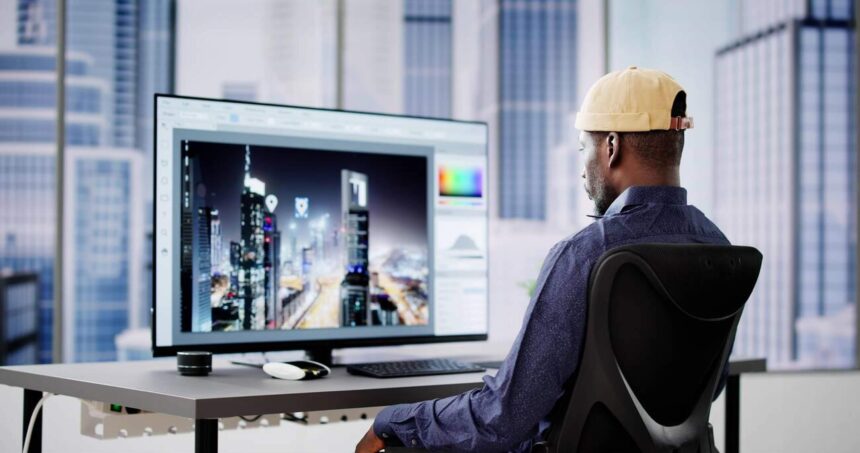Are you looking to elevate the aesthetics and functionality of your project or business? Hiring a designer could be the key to unlocking a world of creative possibilities. Designers bring a unique skill set to the table, blending creativity with strategic thinking to deliver visually appealing solutions that resonate with your target audience.
In this comprehensive guide, we will explore everything you need to know about hiring a designer, from understanding the different types of designers to key considerations when selecting the right candidate for your project.
Understanding the Role of a Designer
Designers are professionals who specialize in creating visually appealing and functional solutions across a wide range of mediums, including graphic design, web design, interior design, fashion design, and more. Their expertise lies in understanding the principles of design, such as color theory, typography, layout, and user experience, and applying these principles to deliver compelling and effective solutions.
Designers work closely with clients to understand their needs, objectives, and target audience, translating these insights into creative concepts that communicate messages effectively. Whether you are looking to revamp your brand identity, create a user-friendly website, or design a stunning product packaging, a designer can help bring your vision to life.
Types of Designers
There are various types of designers, each specializing in different areas of design. Some common types of designers include:
Graphic Designers
Graphic designers focus on creating visual content for print and digital mediums. They design logos, marketing materials, advertisements, and more, to help businesses communicate their brand identity and messaging effectively.
Web Designers
Web designers specialize in creating engaging and user-friendly websites. They are skilled in web technologies, user experience (UX) design, and responsive design principles to ensure that websites look great and function seamlessly on all devices.
Interior Designers
Interior designers work on creating functional and aesthetically pleasing spaces, such as homes, offices, and retail environments. They combine creativity with knowledge of spatial planning, materials, and furnishings to design interiors that reflect the client’s style and preferences.
Fashion Designers
Fashion designers are involved in creating clothing, accessories, and footwear collections. They stay abreast of the latest trends, materials, and techniques to design garments that are both fashionable and functional.
How to Hire a Designer
When it comes to hiring a designer, there are several key considerations to keep in mind to ensure that you find the right fit for your project. Here are some steps to guide you through the hiring process:
Define Your Needs
Before you start looking for a designer, take the time to define your project requirements, objectives, and budget. Clarifying your needs upfront will help you communicate effectively with potential candidates and set clear expectations.
Research and Shortlist Candidates
Research different designers in your area or online, and shortlist those whose portfolios and expertise align with your project goals. Look for designers with experience in your industry or similar projects, as they will have a better understanding of your specific requirements.
Review Portfolios
Review the portfolios of shortlisted candidates to assess the quality of their work, creativity, and style. Pay attention to the diversity of projects they have worked on and how well their design aesthetic aligns with your brand or project vision.
Conduct Interviews
Schedule interviews with the designers on your shortlist to discuss your project in detail. Use this opportunity to gauge their communication skills, creativity, and problem-solving abilities. Ask about their design process, turnaround times, and pricing to ensure they are a good fit for your project.
Check References
Don’t hesitate to ask for references from past clients or colleagues to get insights into the designer’s work ethic, professionalism, and ability to meet deadlines. Hearing about their experiences firsthand can help you make an informed decision.
Negotiate Terms
Once you have found the right designer for your project, negotiate terms such as project scope, timelines, deliverables, and pricing. Make sure to have a written agreement in place to avoid any misunderstandings down the line.
Conclusion
Hiring a designer can be a game-changer for your project, helping you stand out in a crowded marketplace and connect with your target audience on a deeper level. By understanding the role of designers, exploring the different types of designers available, and following the steps outlined in this guide, you can find the perfect designer to bring your vision to life. Remember, a good designer is not just a creator of beautiful visuals but also a strategic partner who can help you achieve your business goals through impactful design solutions.






